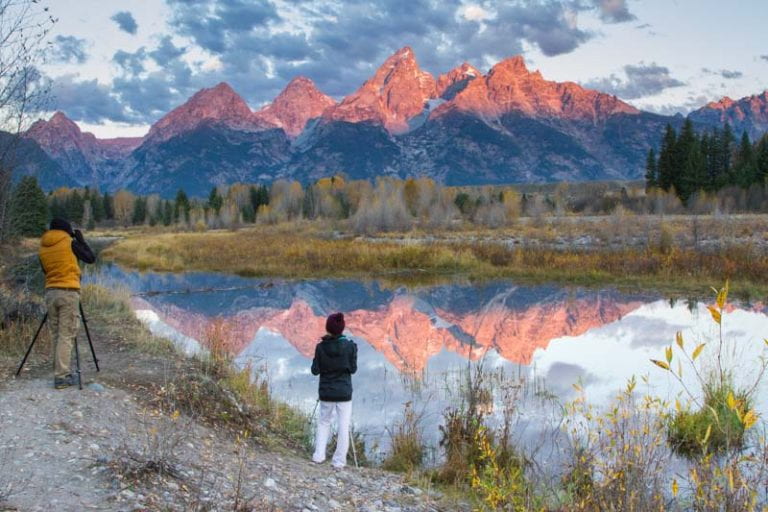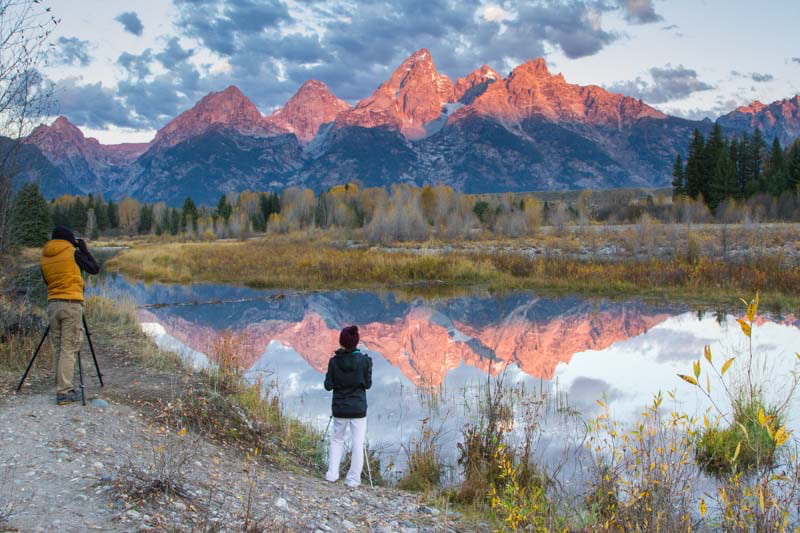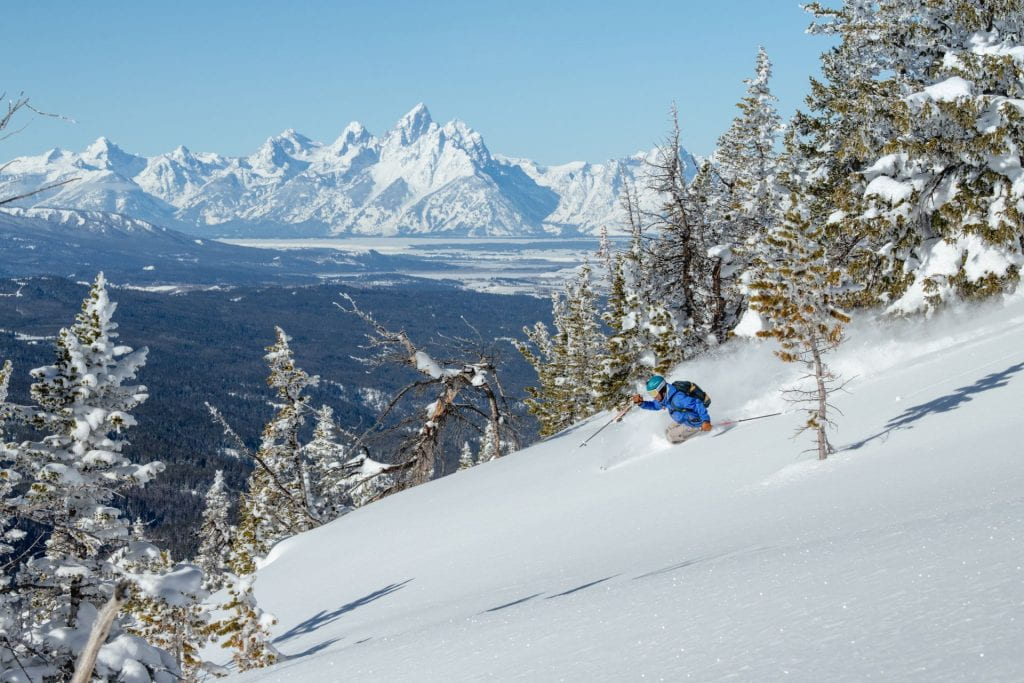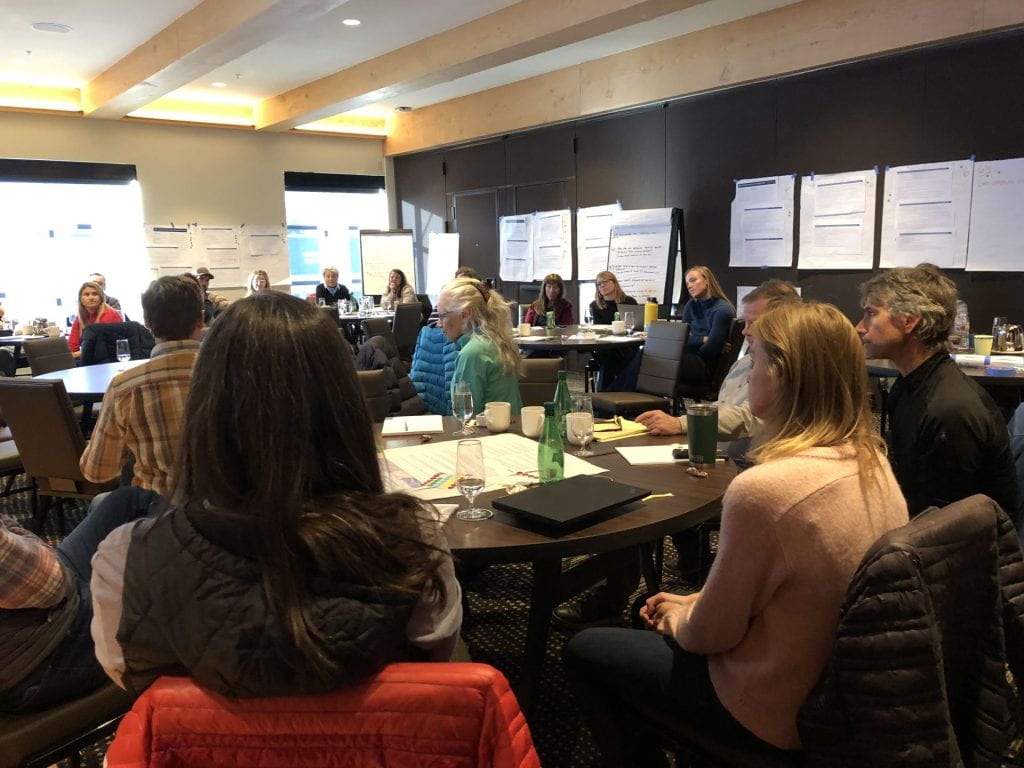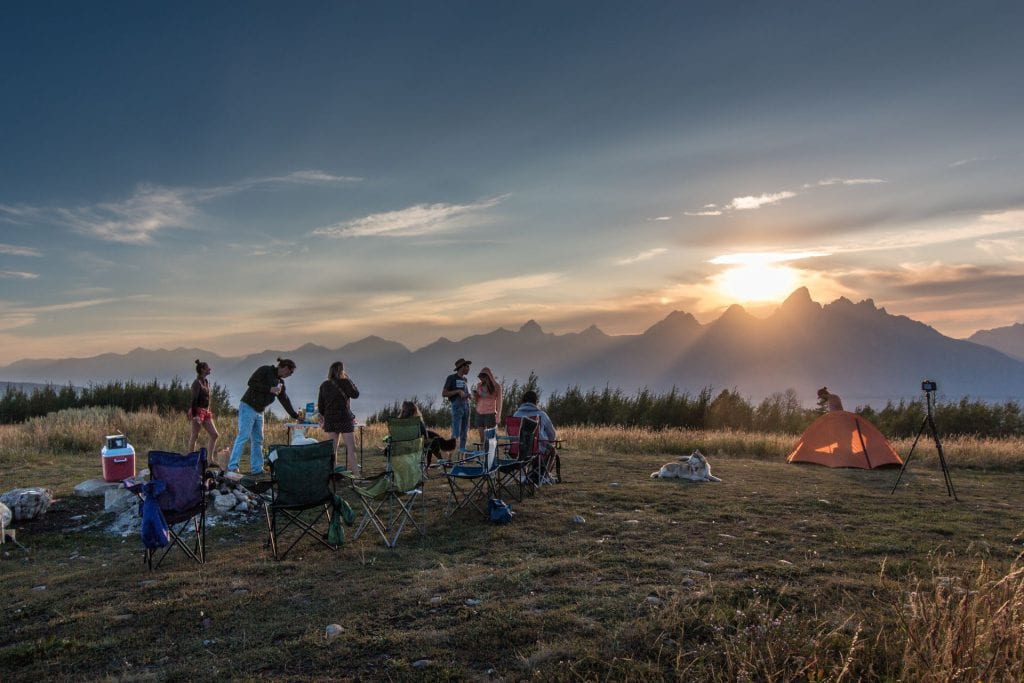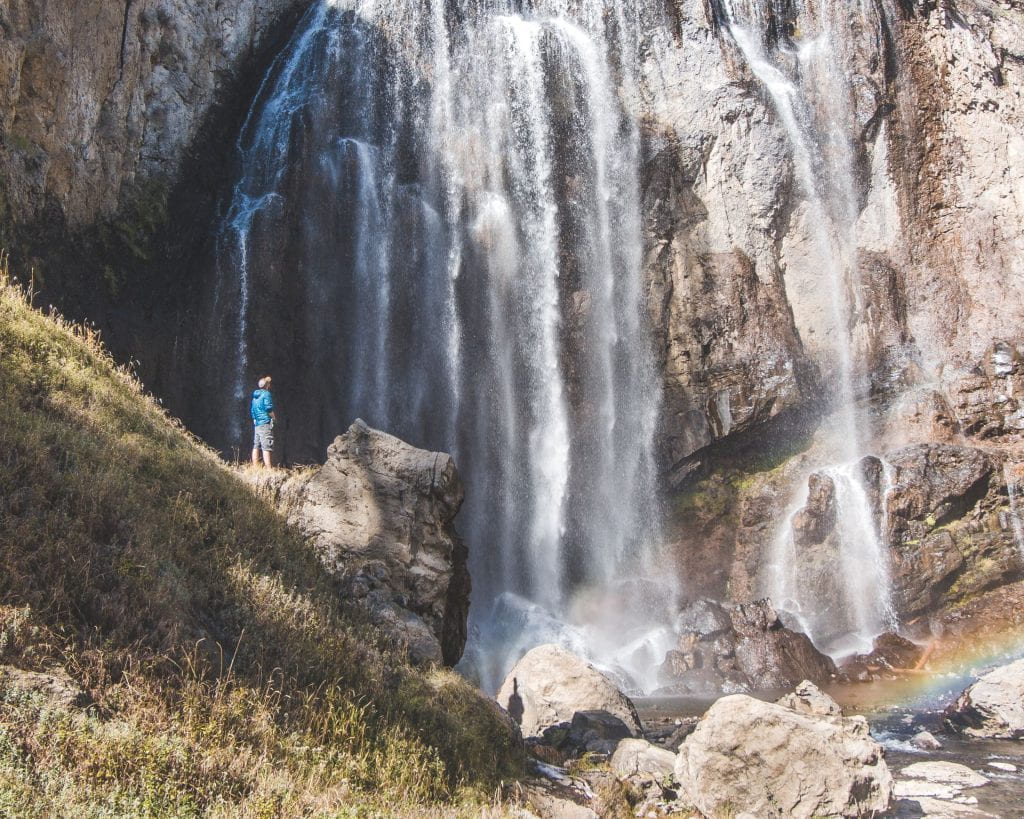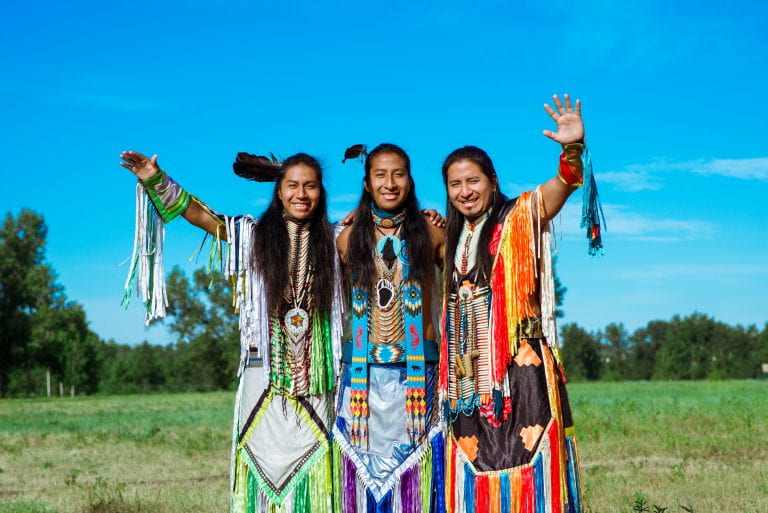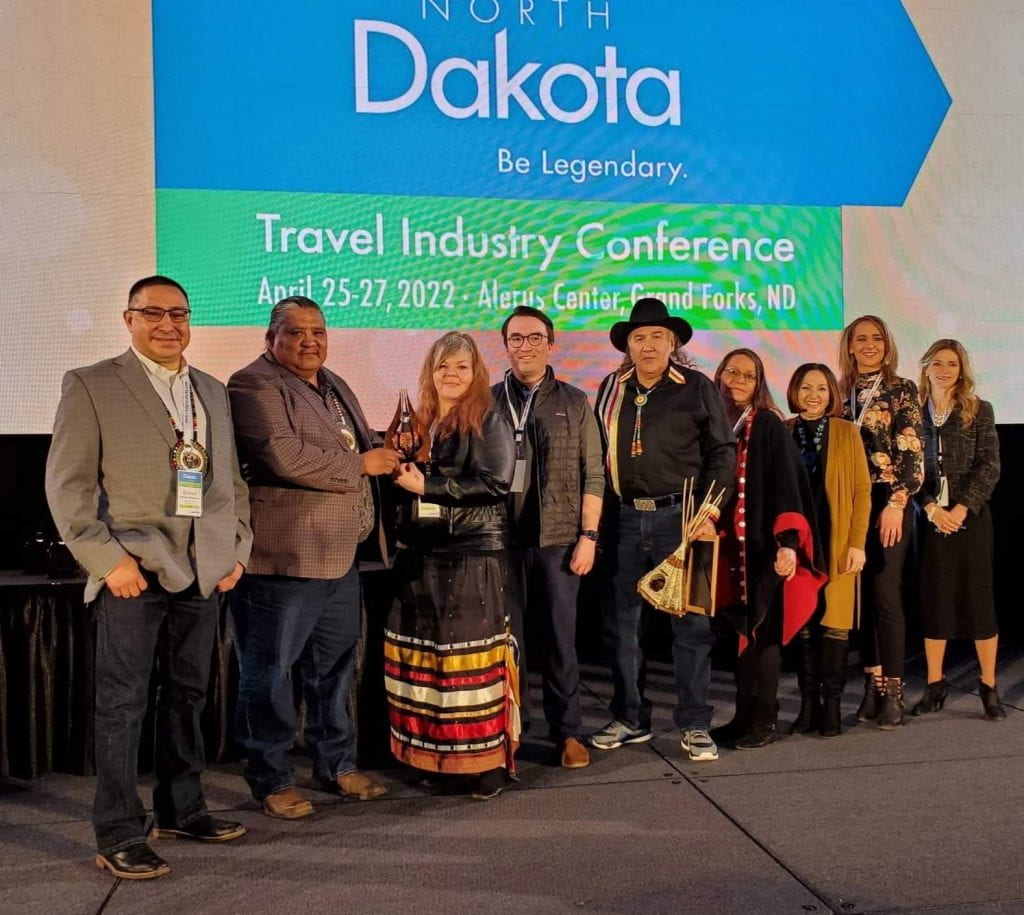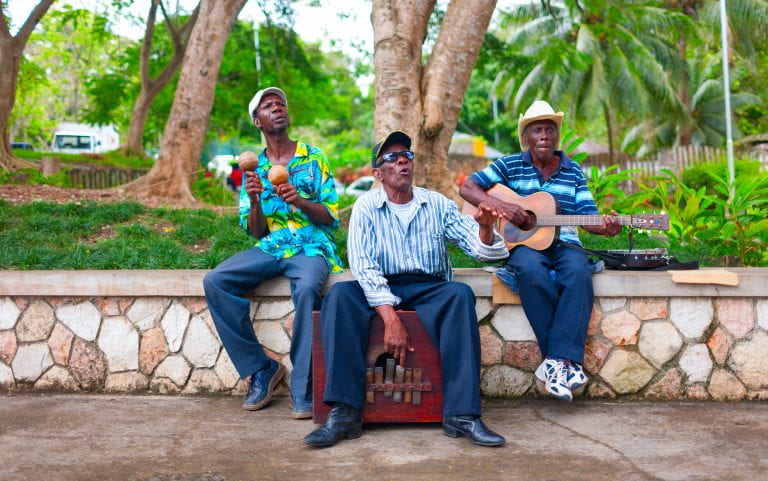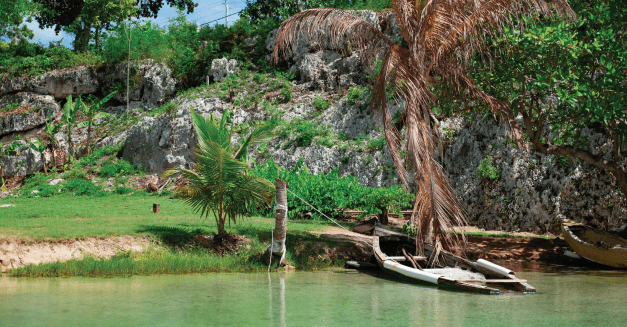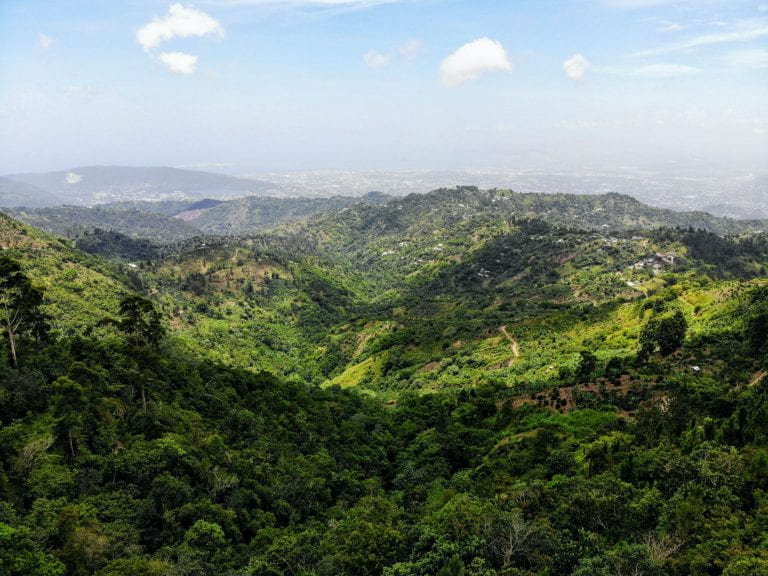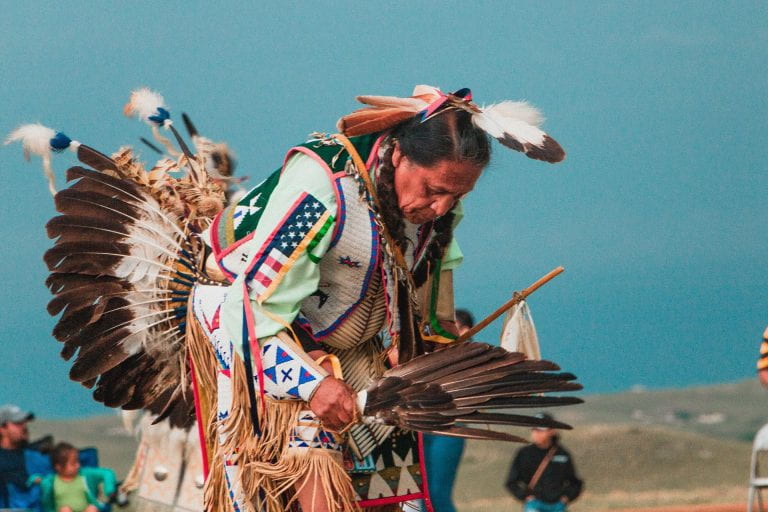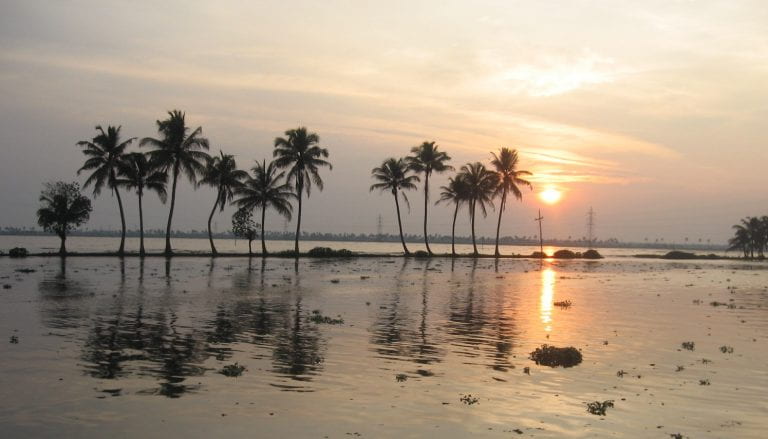The George Washington University International Institute of Tourism Studies (GW IITS) and the Adventure Travel Trade Association (ATTA) are thrilled to announce the launch of the 2024 Adventure Tourism Development Index (ATDI). This global ranking, now in its most updated iteration since its inception in 2008, is the premier tool for evaluating adventure tourism competitiveness across 186 countries worldwide.
What Is the ATDI?
The ATDI is the only country-level ranking index that assesses destinations’ competitiveness and potential for adventure tourism. It evaluates countries based on nine key pillars:
- Sustainable Development
- Safety
- Health
- Climate Resilience
- Natural Resources
- Cultural Resources
- Entrepreneurship
- Infrastructure
- Image
By combining objective data from global databases with insights from industry experts, the ATDI offers a robust analysis for adventure travel decision-makers, such as destination management organizations (DMOs) and trade associations.

A Fresh Start for the ATDI
The 2024 edition marks a pivotal moment, being the first update since early 2020. In response to the industry’s significant changes brought on by the COVID-19 pandemic, the ATDI underwent a comprehensive review. This resulted in a restructured framework, updated factors, and refined indicators to better reflect emerging trends in adventure travel. Key updates include:
- Reducing the number of pillars from ten to nine for a streamlined framework.
- Expanding the indicators from 19 to 23, introducing 17 entirely new metrics to address sustainability, resilience, and evolving market dynamics.
- Adding the Climate Resilience pillar, reflecting the growing importance of sustainable and responsible tourism practices.
Top Performers in 2024
The 2024 ATDI recognizes standout destinations in two categories: Advanced Economies and Emerging/Developing Economies. The top-ranked countries this year are:
Advanced Economies
- Germany – With consistently strong scores across all nine pillars, Germany’s top rankings in both Cultural and Natural Resources secured its position at the top.
- France
- Switzerland
Emerging/Developing Economies
- Costa Rica – A leader in Sustainable Development and Country Image, Costa Rica’s exceptional natural and cultural offerings solidify its top spot.
- Chile
- Thailand
Why the ATDI Matters
The ATDI is more than just a ranking; it’s a strategic tool for the adventure travel industry. By evaluating destinations’ potential and capacity for adventure tourism, it provides critical insights for stakeholders to anticipate market shifts, adapt to changing consumer preferences, and promote long-term competitiveness.
The index also underscores the essential link between natural and cultural resources, adventure tourism, and sustainable development. By doing so, it champions responsible growth in the adventure travel industry, ensuring that destinations benefit economically while preserving their unique environments and heritage.
Looking Ahead
The 2024 ATDI reflects not only the current state of adventure tourism but also its future. As the global industry continues to evolve, the insights offered by this updated index will remain an invaluable resource for decision-makers worldwide.
We are proud to partner with the Adventure Travel Trade Association in presenting this transformative tool and invite you to explore the full report here.

